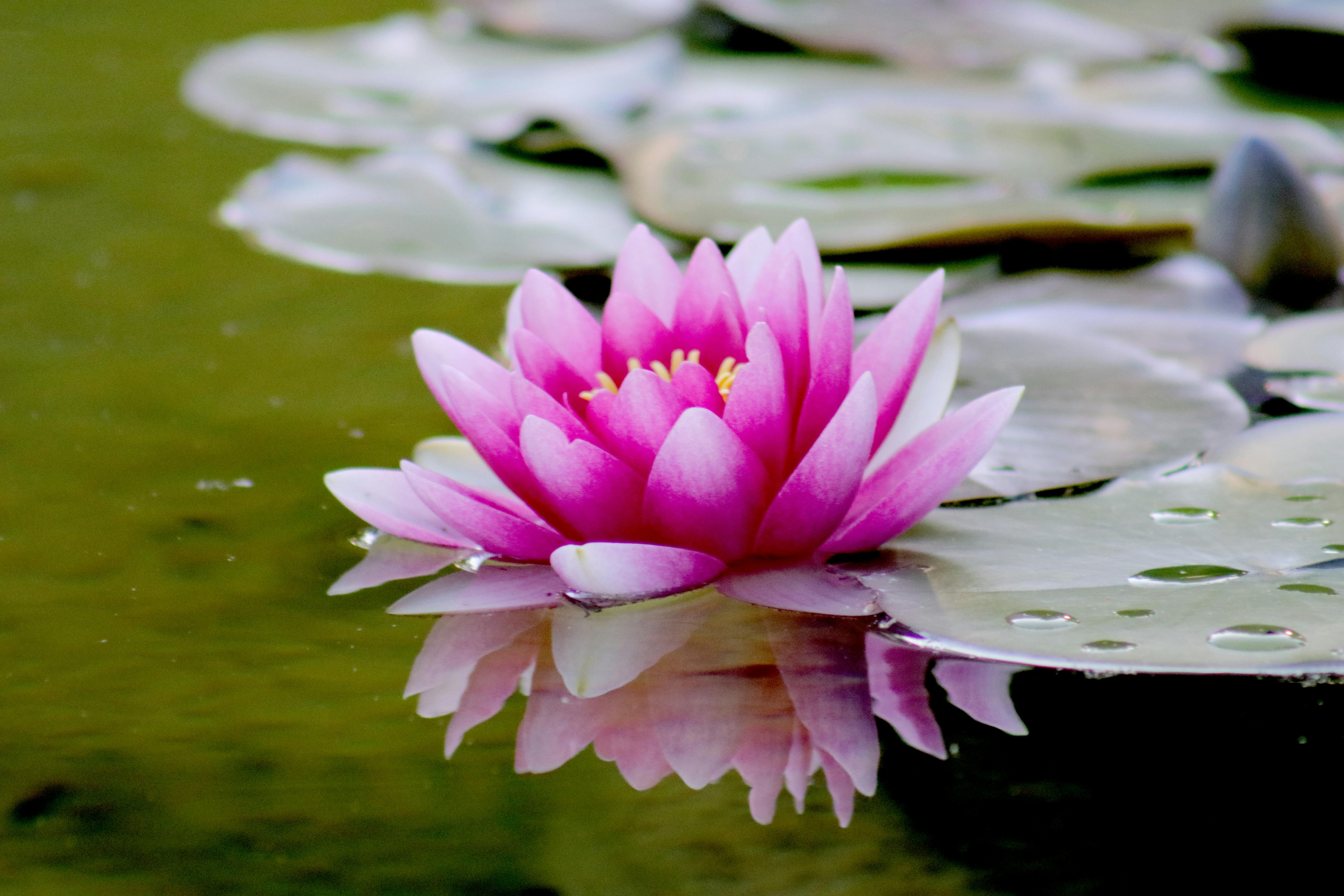Question 1: How to start your first meditation?
At the beginning of your meditation journey, it is recommended to set aside a fixed time and create a consistent environment for practice.
You can choose a quiet space, such as your bedroom or study, and practice regularly, such as in the morning after waking up or at night before sleeping. This helps you develop a meditation habit gradually.
If you are sitting on a mat or bed, you can sit cross-legged. If you are on a chair, keep your feet flat on the ground without crossing them. Sit with your back straight, and place your hands naturally on your knees or by your sides. You may also practice lying down, keeping your back in contact with the bed.
Depending on the type of practice, you can close your eyes or keep them open, try inhaling through your nose and exhaling through your mouth, or simply observe your natural breathing.
No matter what posture you choose, the key is to continually observe your current feelings during meditation. It might feel difficult at first, but that's okay—be patient and follow guided instructions as you practice repeatedly.
If you find it challenging to enter a desired state, that’s also normal. Let go of expectations and simply observe your present experience, such as your "desire to enter a specific state" or "your current state."
Sometimes, you might face distractions. In such cases, avoid blaming yourself—it’s a very common occurrence. Just note where your mind wandered and gently bring your focus back.
This process of distraction and refocusing will repeat. While it may feel challenging initially, over time, you’ll find it easier to concentrate. In fact, this cycle of distraction and return is a vital part of meditation.
Question 2: What is the best time and place to practice meditation?
Meditation can be practiced anytime and anywhere.
- No time restrictions: Practice during spare moments, such as after waking up, before lunch, or before sleeping.
- No location restrictions: Meditate at home, in the office, or even in a car.
For beginners, choose a quiet place with minimal distractions, like your bedroom. As you gain experience, you can meditate in nature, such as a park.
While some background noise is unavoidable, try to accept and coexist with it. Alternatively, use headphones to help you focus.
Question 3: How to quickly enter a meditative state?
- Choose a quiet, comfortable, and familiar place that gives you a sense of safety, helping you concentrate better.
- Create a personal ritual to signal the start of meditation, such as taking a deep breath, clasping your hands, or gently patting your thighs.
- Sit or lie in a comfortable position without being overly relaxed. Keep your back straight but not stiff, gently close your eyes, relax your shoulders, and rest your hands naturally by your sides or on your lap.
Question 4: How long should each meditation session be?
You don’t need to allocate a long period for meditation. Even a 5-minute session is beneficial.
It’s recommended to practice for the duration of an audio guide, which typically ranges from 5 to 20 minutes. Choose a length that suits your schedule.
Question 5: How many times a day should you meditate?
Practice meditation as often as your schedule allows.
The key is daily consistency, which helps develop a meditation habit. Over time, you’ll experience the benefits of meditation across various aspects of life, including mental, physical, emotional, and spiritual well-being.




